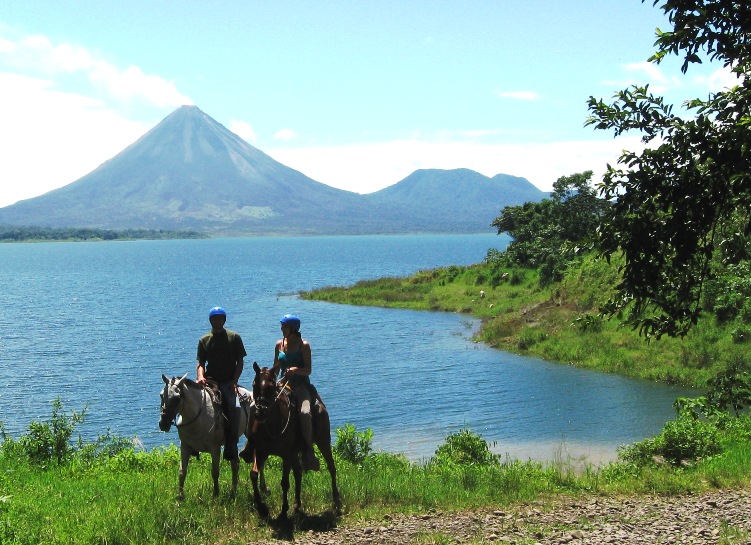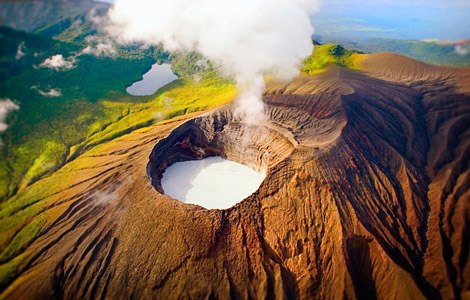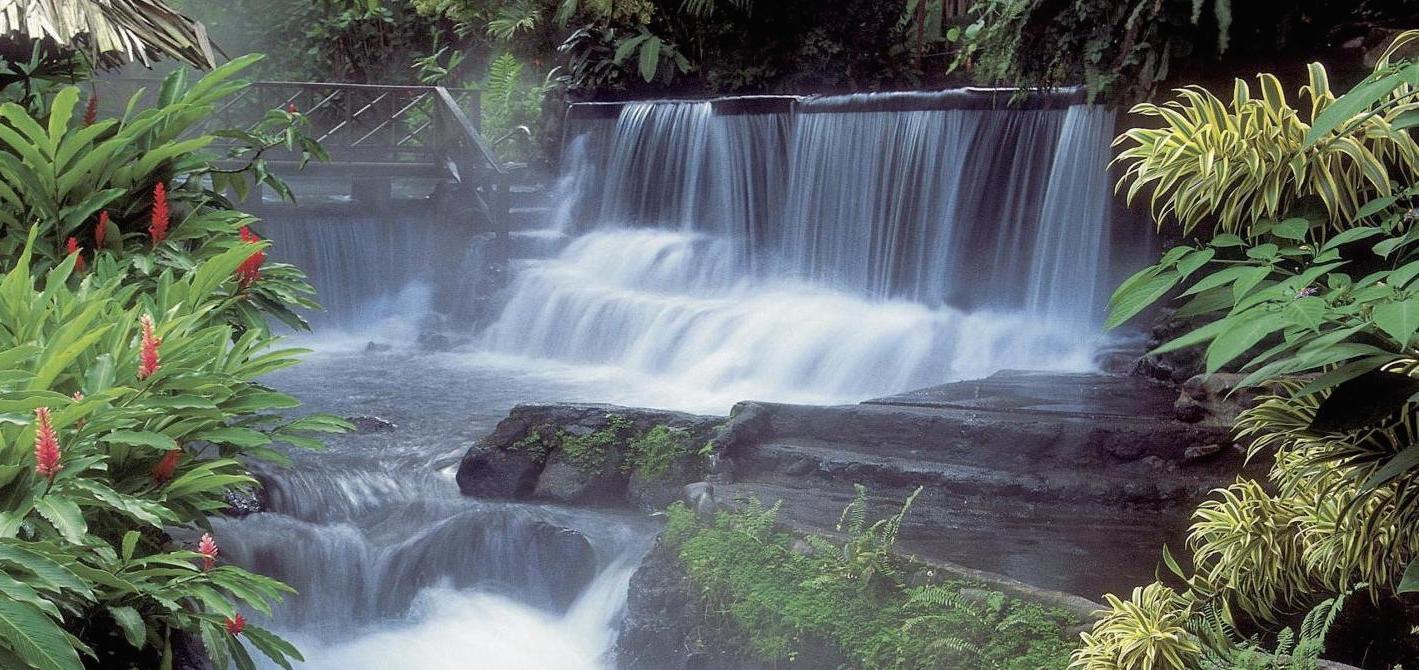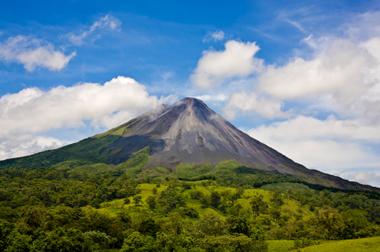Where is it?

Location:
Alajuela Province, Costa Rica
Type: Stratovolcano with lava domes
Last eruption: October
Height: 5480 feet
Arenal is one of seven historically active Costa Rican volcanoes along with Poás, Irazú, Miravalles, Orosí, Rincón de la Vieja complex, and Turrialba. It was Costa Rica's most active volcano until 2010, and one of the ten most active volcanoes in the world. It has been studied by seismologists for many years.
The volcano is located at the center of Arenal Volcano National Park in the northern zone of the country, 15 kilometres (9.3 mi) southwest of the La Fortuna district in San Carlos (canton), Costa Rica.The temperature varies from 9 °C (48 °F) in the high areas to 89 °C (192 °F) in the low areas and the annual rainfall is around 349 centimetres (137 in).[citation needed]Arenal Volcano area is an important watershed for the Arenal Lake Reservoir. The reservoir's water is used for hydroelectric power. It is also connected to the national system.
Arenal has a good number of eruptive vents. Chato is a dormant stratovolcanic cone. It is believed Chato first erupted 38,000 years ago during the Pleistocene period and last erupted about 3,500 years ago. Chatito 10°26′17″N 84°41′13″W is a lava dome with an elevation of 1,100 metres (3,609 ft). Espina is another lava dome.






